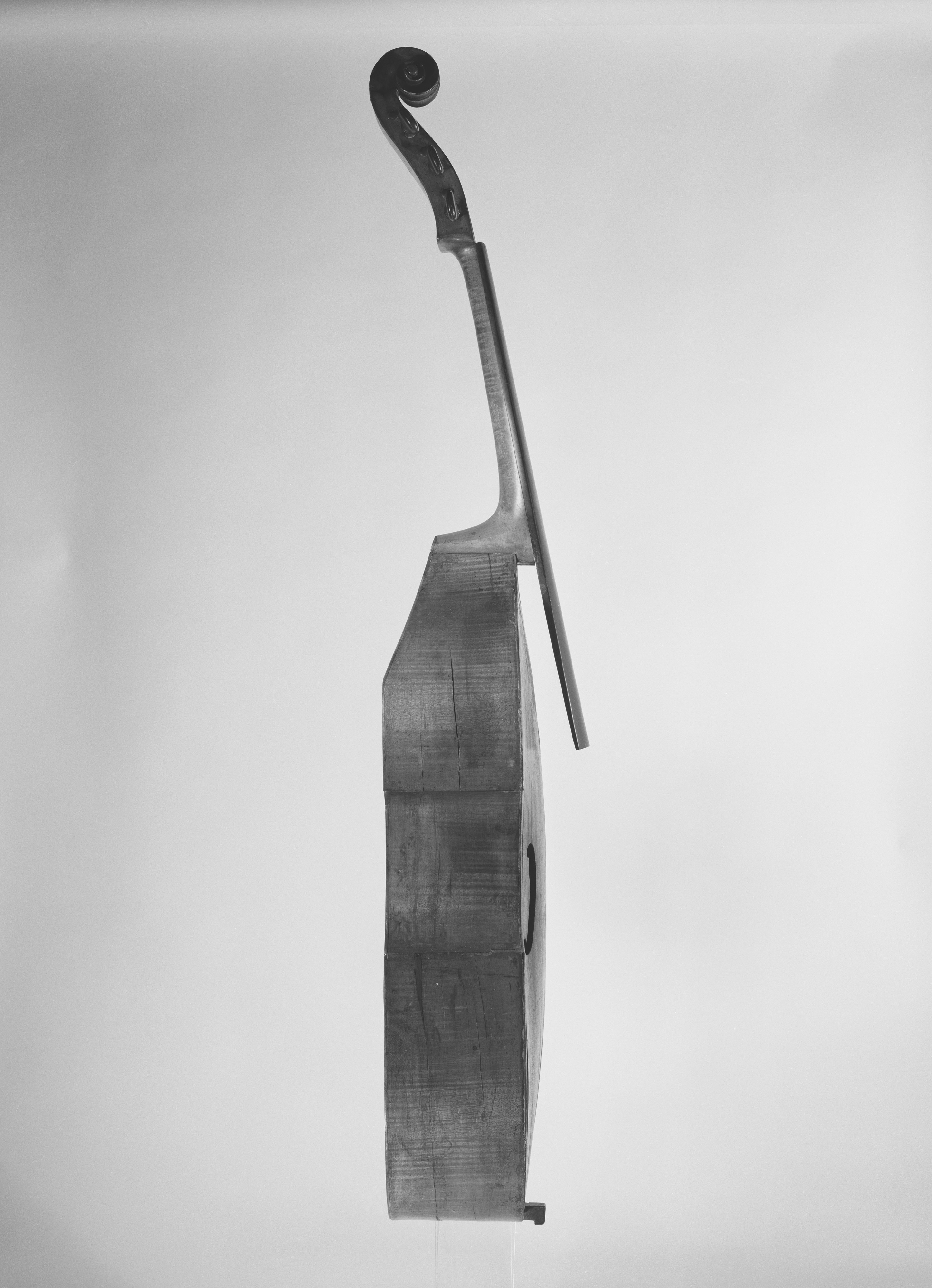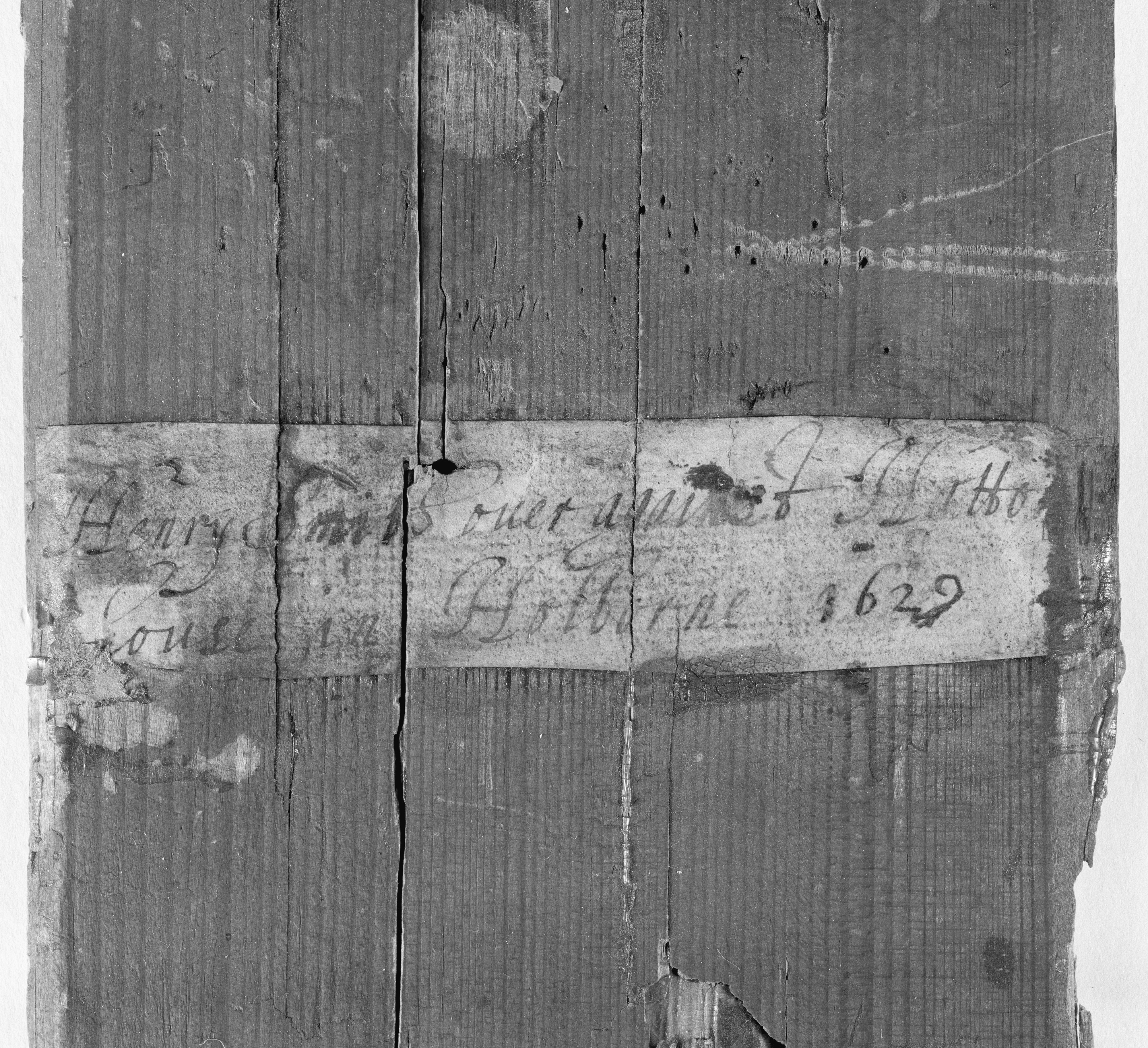Division Viol
Henry Smith British
Not on view
Viols, the most esteemed bowed instruments of the late Renaissance, were only gradually displaced by the violin family. Viols differ from violins chiefly in shape, in number of strings and tuning, and in having fretted necks. All viols are played in an upright position between the knees or on the legs ("gamba" means "leg"), and the bow is held palm upward. The sound is less brilliant and quieter than that of the violin family of instruments. Chamber music for a consort of four to six viols was composed during the Renaissance and Baroque eras, and solo works for the bass viol were being played until nearly the end of the eighteenth century. This instrument is of the type known as a division viol, measuring between two and three inches shorter than a consort viol.
Slightly smaller than the bass viola da gamba, the division viol is an instrument ideal for playing improvised variations (or "divisions") upon a repeated bassline, or ground. Division viols grew in popularity in England in the seventeenth century alongside publications of methodical treatises, such as Christopher Simpson's The Division Viol of 1665 and The Division-Violist of 1669, as well as John Playford's A Brief Introduction of 1667. Because of its large compass and range of over three octaves, the instrument allowed accomplished performers to play polyphonic compositions and rapid passagework, but was also ideal for informal consort playing. (Elizabeth Weinfield, 2014)
As with many seventeenth century viols, this instrument was modified in the nineteenth century to be used as a cello. A restoration in southern Germany or Austria returned the instrument as a viol before it came to the Museum.
Technical description: intact except for neck; body of classical English viol proportions; opaque reddish-brown varnish; table of spruce in five pieces; back of maple in two pieces; ribs of similar maple to the back; table richly ornamented with double purfling, with an inlaid rosette of maple with figured parchment backing and a single purfling surround beneath the fingerboard; the back with double purfling extending inwards toward the center joint in a cross-over pattern at the top and bottom block areas; tuning: D, G, c, e, a, d'. (William Monical, 1977)
Due to rights restrictions, this image cannot be enlarged, viewed at full screen, or downloaded.
This artwork is meant to be viewed from right to left. Scroll left to view more.





